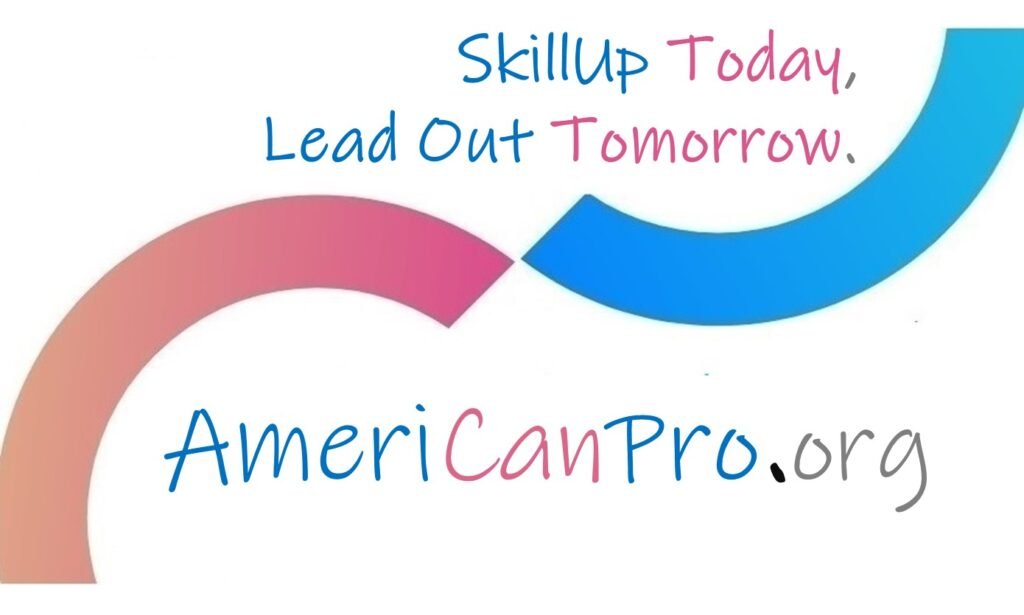🔍 Introduction to Bowtie Analysis
Bowtie Analysis is a visual risk assessment and root cause tool that connects potential threats and their preventive controls to a central undesirable event, and then maps consequences and mitigation controls. Shaped like a bowtie, this technique helps in clearly communicating risk pathways and control strategies. It is especially useful in internal audit and project risk management, where understanding both what could cause a failure and how to recover from it is critical for operational resilience.
🧰 Template for Applying Bowtie Analysis
To conduct a Bowtie Analysis in an organizational setting:
-
Step 1 – Identify the Undesirable Event: What is the central risk or failure scenario?
-
Step 2 – List Threats (Left Side): What could cause this event?
-
Step 3 – Map Preventive Controls: What measures exist to stop the threats?
-
Step 4 – List Consequences (Right Side): What would happen if the event occurred?
-
Step 5 – Map Mitigation Controls: What measures minimize the impact?
🏢 Example: ACME Corporation – Delayed Product Launch
At ACME, Internal Auditor Auren, Project Manager Aven, and CEO Liora investigated a project delay that jeopardized a new product launch.
-
Undesirable Event: Launch delay.
-
Threats: Supplier delays, scope creep, resource conflicts.
-
Preventive Controls: Supplier contracts, scope control meetings, resource planning.
-
Consequences: Loss of revenue, reputational damage, market share decline.
-
Mitigation Controls: Communication plan, interim product release, escalation procedures.
Outcome: Auren’s Bowtie Analysis revealed weak preventive controls in resource planning. The team implemented a new project scheduling protocol and escalation path.
Conclusion:
Bowtie Analysis helped ACME connect causes to consequences and ensure a balanced focus on both prevention and recovery. It provided a structured, visual map that empowered leadership to make more informed decisions and strengthen project delivery practices.

